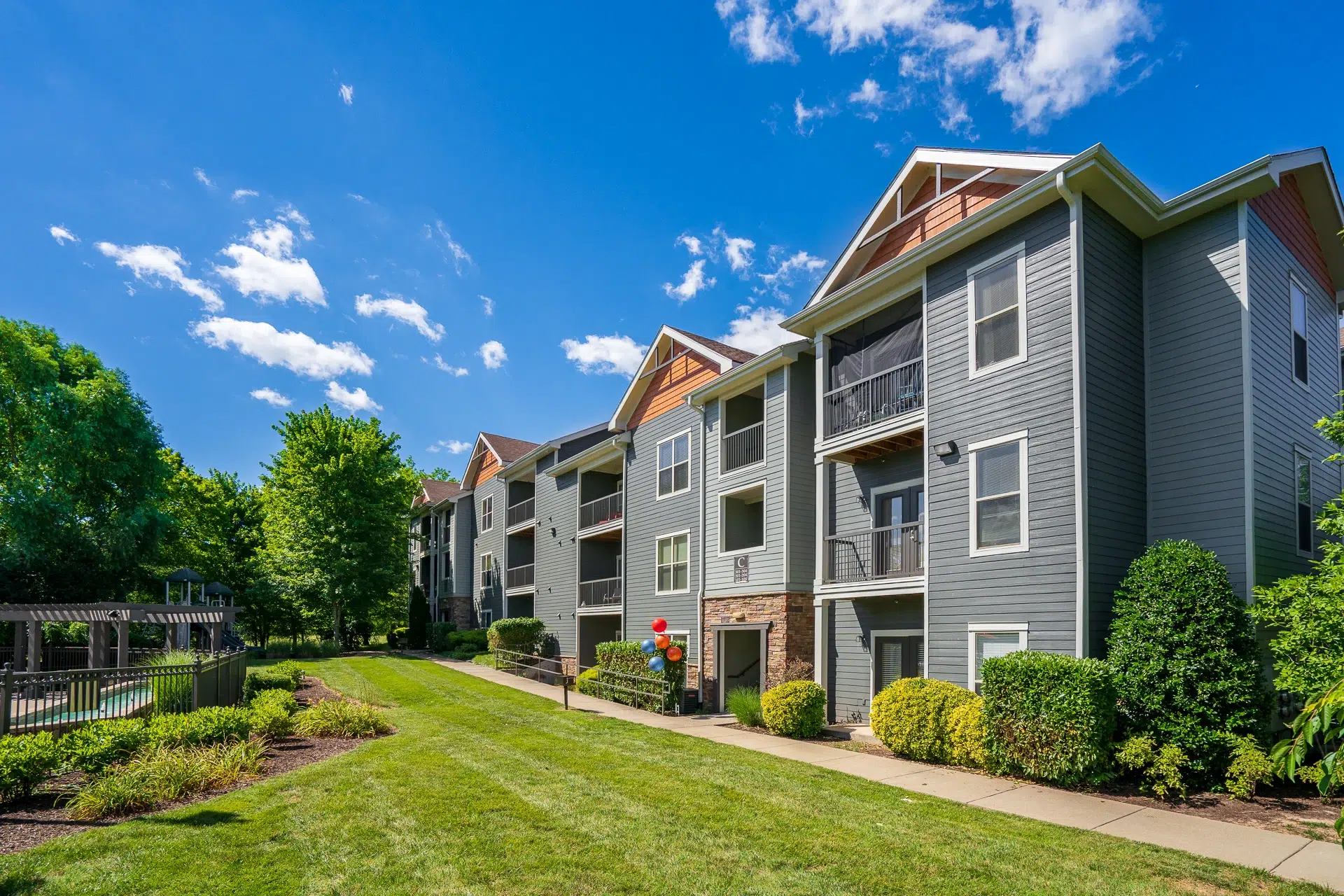A core tenet of Timberland Partners’ long-term investment strategy is our focus on preserving the quality and value of our multifamily properties. U.S. rental housing stock is increasingly aged, with a median age of 44 years, compared to 34 years two decades ago. For owners of apartment properties, this presents challenges and opportunities. Neglecting to address deferred maintenance can discourage prospective tenants and result in tenant quality degradation. For that reason, it is necessary for properties to receive targeted maintenance and strategic improvements, avoiding both underinvestment and overinvestment. Timberland Partners’ active approach to asset management reflects this strategy, according to Terry Cook, Executive Vice President, who oversees repositioning, construction and renovation activities. “We proactively and continuously review how each property is positioned in its market and any changes to its tenant base, to make decisions on maintenance and capital improvement projects,” Cook says.
Changes in tenant demographics, competing properties, and the broader economic environment can affect leasing and retention performance. For example, changes in age, income, and lifestyle preferences can necessitate improvements. By assessing these factors we can determine if physical improvements are necessary and appropriate. Over-investing in upgrades that don’t match the needs and financial affordability capacity of the tenant base can lead to diminished returns. More directly, the project costs may not translate to proportional rent increases. On the other hand, neglecting maintenance can lead to property deterioration and declining rents. Our goal is to strike a balance at the properties we own. Working with our regional managers, this proactive and data-driven approach helps each property in our portfolio remain well positioned within its local market during our hold period.
Preventative maintenance is an important tool in the asset preservation tool kit. It prevents small issues from escalating into more expensive repairs and helps to preserve the asset’s income stream and value. “Filling pavement cracks, refreshing landscaping, and maintaining common areas signals to residents that the property is cared for and attracts tenants who value quality,” Cook said. Happy residents are less likely to seek other places to live, helping maintain stable occupancy and reducing turnover expenses. According to the 2024 NMHC Renter Preferences Survey, practical and everyday needs are top of mind for renters. Maintaining systems like HVAC, plumbing, and internet, and promptly addressing issues when they arise serves to ensure resident satisfaction.
In-house property management provides a tangible advantage in preserving our multifamily assets. As a vertically integrated company, interests are aligned across ownership and management, and decision-making is streamlined. Our onsite teams are empowered to quickly address resident concerns and work hand-in-hand with asset management to implement maintenance projects. In addition, the in-house team has a deep understanding of each property’s unique requirements, including its physical condition and resident dynamics. This allows us to better anticipate potential issues before they arise.
In conclusion, Timberland Partners’ focus on strategic maintenance and market-appropriate improvements ensures our properties remain resilient against economic shifts and competitive in the market. We invest in regular site inspections and system maintenance to mitigate the risk of unexpected capital expenditures. Vertical integration allows us to identify and address potential issues early. We provide comfortable, functional, and desirable homes for our residents. For our investment partners, this strategy provides consistent financial performance and sustained value appreciation over time.


